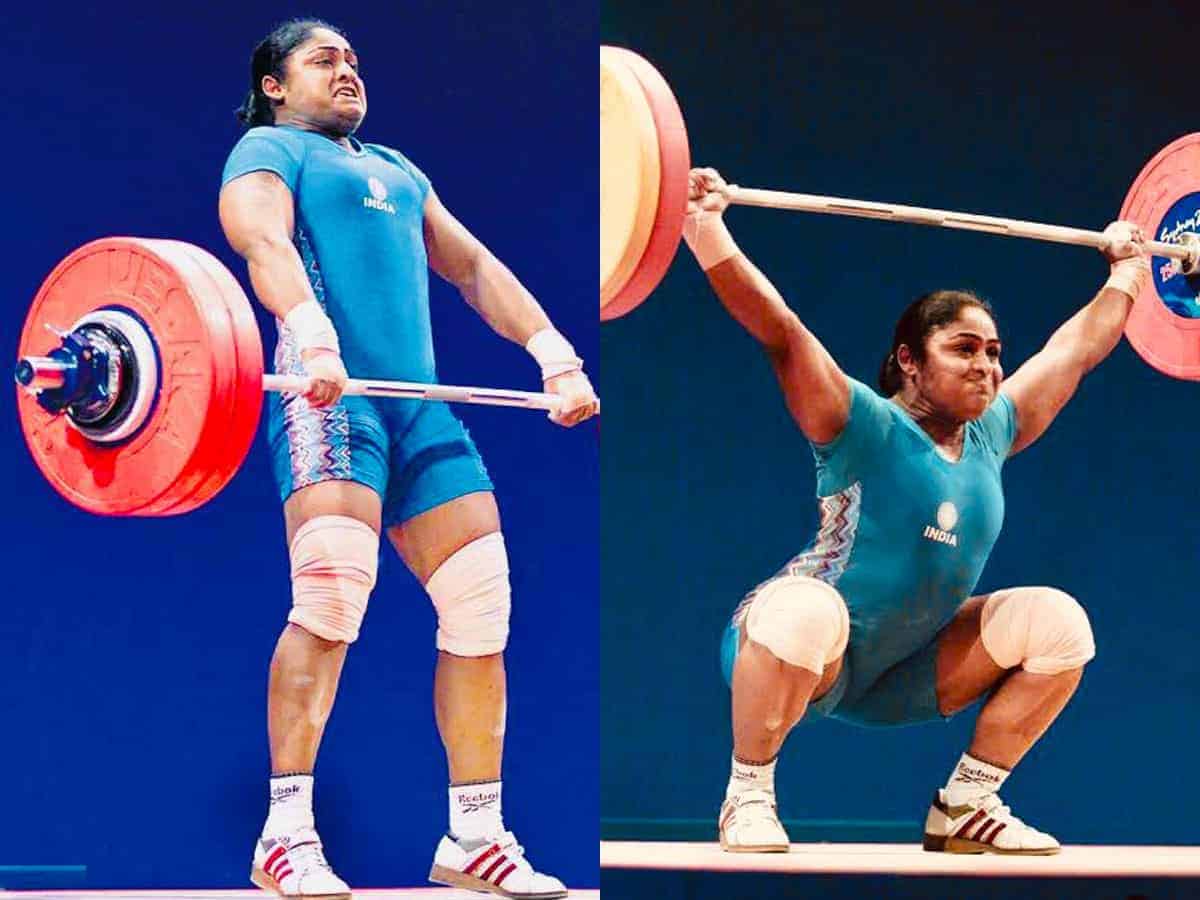
At the Tokyo Olympic Games, with a haul of seven medals including one precious Gold, India awoke to a new dawn in the Land of the Rising Sun. Never before, in the history of our participation in the Olympic Games, had India done as well as it did in Tokyo. The previous best had been six medals at the London Olympics in 2012. But that tally had no gold in it. This time, javelin thrower Neeraj Chopra provided the all-important golden sheen to our medal haul on the penultimate day of the competitions.
Now India’s focus should be on keeping this momentum going. International sport is a high-pressure business. Every country tries hard to climb to greater heights since achievements in sport enhance the country’s prestige throughout the world. The common man understands nothing if he is told that India is the world’s fastest-growing economy. But if India beats teams from the advanced countries in sports, he understands and it gives him immense pleasure and pride.
It is no wonder then, that Prime Ministers and Presidents shower praise and benefits on champion sportspersons.
But how can India keep going forward? It would be such a big disappointment if we lose the thrust that has brought us this far. We still have a long way to go to catch up with the superpowers of international sport, but at least we have made a beginning. Olympic bronze medallist Karnam Malleshwari feels that the only way to sustain the momentum is to pay greater attention to the grassroots level of sport in India.
After growing up in a small rural village of Amadalavalasa near Srikakulam, she made history by becoming the first Indian woman to stand on the victory podium at the Olympic Games when she won a bronze medal at the Sydney Olympics. Speaking to siasat.com she said: “If India had developed sport at the grassroots and village level, we would have had many more Malleshwaris by now.”
“You can see that many of our athletes now come from interior areas where sports infrastructure is not available. Despite lack of equipment and encouragement, by dint of sheer hard work they climb up the ladder on their own. They have little knowledge about the diet or the right techniques to be followed for their sport. Yet they surge ahead. So we can imagine how much more we could achieve if all this determination and talent is properly harnessed and given a chance to flourish,” she explained.
“We should look at China – how they have built up their system. Today they are in second place on the medal table. Our youth do whatever they can and it is only after reaching a certain age and standard that they get into the national coaching camps and come under the guidance of a good coach. The system should exist right from the bottom level. Now what happens is that for every one athlete who succeeds, there are one hundred who do not because they drop out or they get injured or they feel discouraged,” she said.
“We must encourage the children to stay with sports. We must provide clean and hygienic surroundings and a good diet. They should be provided with an ambiance where they can practice sport to their heart’s content and be guided by qualified coaches. Then you will see what India is capable of. We too will be among the best nations at every Olympic Games,” said Malleswari.
“Right now the Target Olympic Podium Scheme (TOPS) launched by the Sports Authority of India is helping the athletes and players. They are being helped to go abroad for training, they get personal coaches, physios, and doctors, all due to the TOPS. The Khelo India movement is also good. Talented players who are identified in priority disciplines are provided financial assistance of up to Rs 5 lakhs per annum. But what I have in mind is even younger children,” Malleshwari explained.
“Right now we are about to start the Delhi Sports University,” said Malleshwari, who has been named Vice-Chancellor of the University which will get underway from next year. “It is called a university but we will begin admitting children from the 6th class. That means they will be about 11 years old. Selection will be done from all over India. Our objective is to train them so well that they will be ready to take part in international events by the time they are 18 years old,” she added.
So, from the information provided by the famous weightlifter, it is clear that multiple-level plans are in progress to take India to the highest levels in international sport. But as is well known, in India many schemes get underway with great fanfare but soon get bogged down in favouritism and political interference. One hopes that this time the usual story will not be repeated and that India too will go from strength to strength and reach the topmost rungs of world sport.
Abhijit Sen Gupta is a seasoned journalist who writes on Sports and various other subjects.

